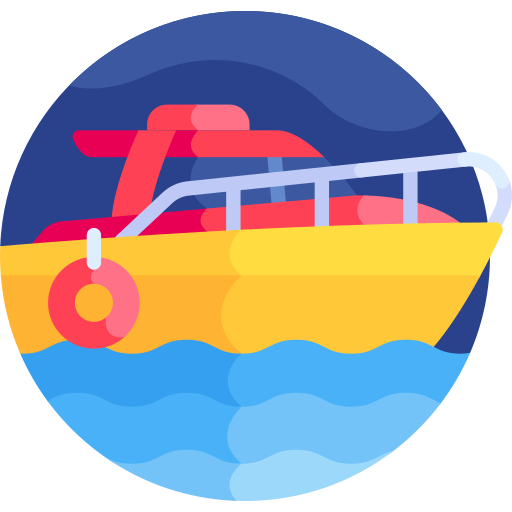Sailing for Beginners: Key Features to Look For
Sailing is a captivating blend of skill, strategy, and appreciation for nature. For beginners, the journey into this world can be both exciting and overwhelming. Understanding what features to look for in a sailboat, equipment, and sailing conditions is critical to ensuring both safety and enjoyment. This article aims to provide an in-depth exploration of the essential aspects that beginners should consider when embarking on their sailing adventure.
Choosing the Right Sailboat
When starting out, the type of sailboat selected can greatly influence the learning experience. Key features to consider include:
1. Size and Stability
For beginners, a smaller and more stable boat is often recommended. Boats ranging from 14 to 22 feet are easier to manage and provide a more forgiving learning curve. Stability is crucial, as it gives novice sailors the confidence to handle the vessel without fear of capsizing.
2. Type of Sailboat
There are different types of sailboats, each suited to different sailing styles:
- Day Sailers: These are small, typically 14 to 24 feet long, ideal for casual sailing on lakes or bays.
- Cruising Boats: Generally larger and equipped for longer journeys, they tend to have sleeping and cooking facilities.
- Racing Boats: Designed for speed, these can be challenging for beginners but offer excitement.
3. Material and Build Quality
The material of the sailboat influences its weight, durability, and maintenance needs:
- Fiberglass: Low maintenance and widely used for both beginners and experienced sailors.
- Wood: Aesthetic and traditional, but requires more upkeep.
- Aluminum: Typically seen in racing boats, offering sturdiness and lightweight characteristics.
Essential Equipment and Gear
In addition to choosing the right boat, having the proper equipment is vital. The following items are key for beginners:
1. Life Jackets
No matter the skill level, safety comes first. A well-fitting life jacket is essential and should be worn at all times while on the water.
2. Sail Handling Equipment
Beginners should familiarize themselves with essential sail handling gear, including:
- Rope (Lines): Different types of lines are used for various functions, including controlling sails and anchoring the boat.
- Winches: Useful for adjusting the tension of the sails, winches enhance maneuverability.
3. Navigation Instruments
Understanding navigation is key to safe sailing. Basic navigational tools include:
- Compass: A fundamental tool for direction.
- Chart Plotter: Digital devices that display maps and the boat’s location.
- GPS: Essential for accurate positioning and navigation.
Understanding Wind and Weather
No discussion about sailing for beginners would be complete without addressing the importance of wind and weather conditions. A sailor must learn to interpret weather forecasts and understand how different wind patterns affect sailing:
1. Wind Patterns
Familiarizing oneself with local wind patterns can help in planning sailing trips. For instance, coastal areas often experience sea breezes in the afternoon, making this the ideal time to sail.
2. Weather Conditions
Being able to read weather conditions is crucial. Signs of changing weather, such as dark clouds or sudden drops in temperature, can indicate impending storms. Beginners should prioritize checking weather forecasts and learning how to read the sky.
Training and Instruction
Finally, investing in proper training is invaluable. Enrolling in sailing courses can provide structured learning and practical experience. Many sailing schools offer beginner classes that cover essential skills, safety protocols, and hands-on experience.
Conclusion
Sailing is an enriching activity that offers both challenges and rewards. By focusing on the key features outlined above, beginners can make informed decisions about their sailboat and equipment, gain knowledge about weather conditions, and understand the importance of safety and training. With the right approach and a willing mindset, the journey into sailing can be a fulfilling adventure, opening up endless possibilities on the water.
Comparison Table of Sailboat Types
| Type of Sailboat | Size (Feet) | Ideal For | Key Features |
|---|---|---|---|
| Day Sailers | 14 to 24 | Casual sailing, learning | Lightweight, easy to handle |
| Cruising Boats | 25 and above | Longer journeys | Sleeps 2-8, kitchen area |
| Racing Boats | 20 and above | Competitive sailing | High speed, lightweight |
